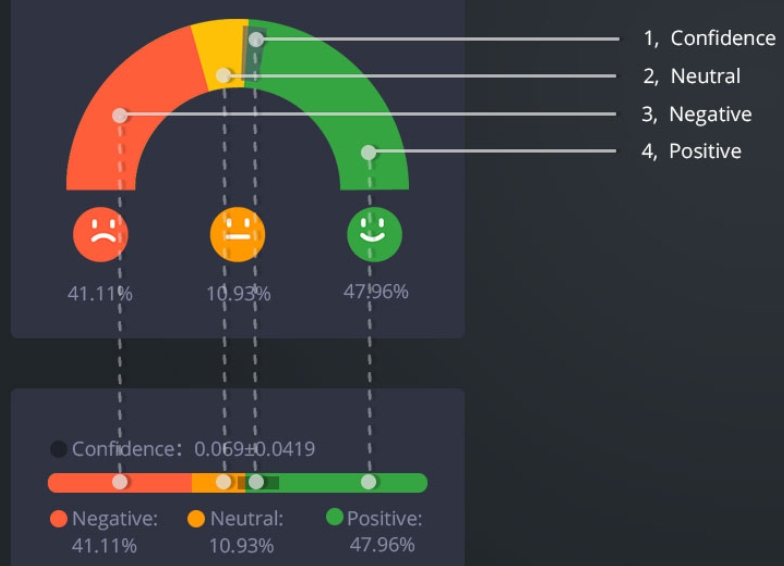Emotion Analysis: What is it?
Emotion analysis
Emotion analysis, also known as sentiment analysis, is a data analysis technique applied to various data types such as text, speech, and images. It encompasses Natural Language Processing (NLP), statistical techniques, and machine learning.
Considered a form of opinion mining, emotion analysis delves into understanding the emotional states and attitudes of users, customers, or audiences. This capability aids businesses, governments, or individuals in making more informed decisions.
With the increasing influence of the internet and social media, more people express their experiences online, making emotion analysis a crucial tool for industries to understand their customers.

Applications of Emotion Analysis in Industries:
- Marketing and Brand Management: Analyzing social media, product reviews, and consumer feedback helps businesses comprehend consumer emotional responses. This aids in adjusting marketing strategies, improving products, and maintaining brand image.
- Customer Service and Support: Emotion analysis enables real-time monitoring of customer emotional responses to services, facilitating quick responses to customer needs and issues to enhance satisfaction.
- Financial Sector: In financial markets, emotion analysis predicts investor sentiments, assisting decision-makers in understanding market trends for wiser investment decisions.
- Healthcare: Emotion analysis monitors patients' psychological states, providing early emotional risk assessments and applications in mental health support.
- Social Research: Governments and academia use emotion analysis to better understand public emotional responses to specific issues, leading to more effective policy-making and research plans.
Why Use Emotion Analysis?
- Informed Decision-Making: Emotion analysis provides comprehensive customer or market information, allowing decision-makers to formulate strategies more accurately, reducing risks, and increasing the likelihood of success.
- Customer Relations: Real-time understanding of how customers perceive a company's brand, products, and services helps build better customer relationships, providing more valuable services to maintain customer loyalty.
- Market Competition: In a competitive market, businesses must quickly respond to potential crises or market trends. Emotion analysis helps companies seize market trends and take immediate action to maintain a competitive advantage.
- Objective Opinions: Using Artificial Intelligence (AI)-based emotion analysis tools helps avoid personal biases associated with human reviewers, ensuring consistent and objective results in analysis.
Challenges of Emotion Analysis:
- Sarcasm: The same statement can convey different meanings through varying tones, facial expressions, and gestures, potentially leading to misunderstandings.
- Ambiguity: A single sentence may contain both positive and negative sentiments, making it challenging for machines to make precise judgments and provide accurate results.
- Context: Some statements require contextual understanding to determine their correct meaning, posing challenges for machines that may struggle to comprehend and may make errors
Despite the continuous advancement of Natural Language Processing (NLP) technology and efforts to address these challenges through extensive machine learning and advanced modeling, complete avoidance of these drawbacks remains elusive.



